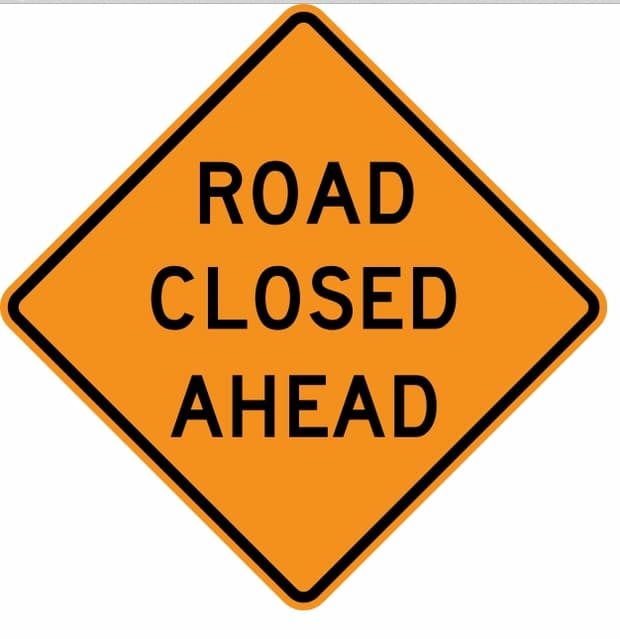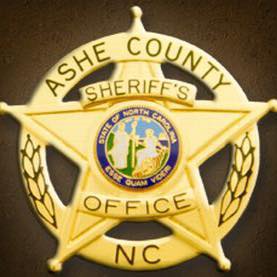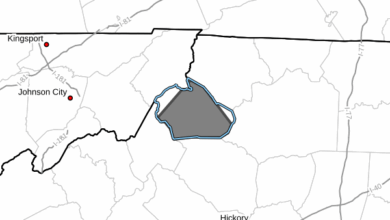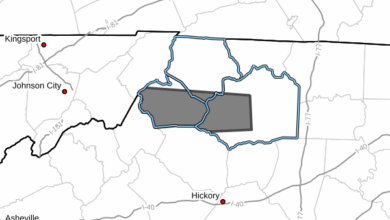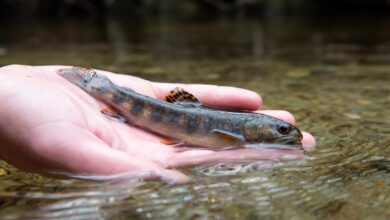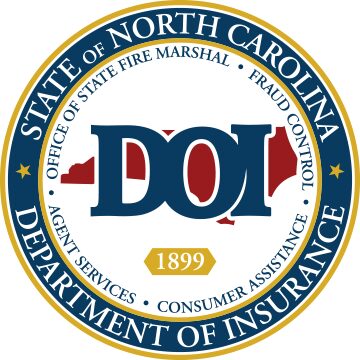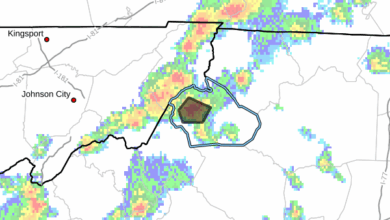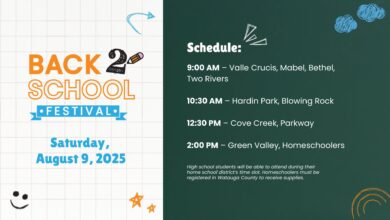Last Updated on October 5, 2012 10:27 am
In order to help reduce the number of wildlife-related automobile crashes, the N.C. Department of Transportation reminds motorists to be aware of the increased presence of deer on state roads during the fall months.
More than 19,500 animal-related crashes were reported each of the last three years, and 90 percent of those involved deer. Since 2009, the incidents have resulted in 3,498 injuries to people, of which 17 were fatal, and approximately $139.1 million in property damage.
“More deer are being seen in densely populated areas,” said State Traffic Engineer Kevin Lacy. “Drivers need to be alert at all times. If you can’t avoid a deer, it is better to hit it than to lose control of your vehicle and cause a bigger accident.”
While a crash involving a deer can happen at any time, the majority of deer-vehicle collisions occur between the months of October and December, when deer activity increases due to mating and hunting seasons. Crashes are most common during the hours of 5 p.m. to 7 a.m., when deer movement increases and limited lighting makes it more difficult for motorists to see them on or near roadways.
Between 2009 and 2011, there were 61,046 animal-related collisions reported throughout North Carolina. The top five counties for such collisions in 2011 were Wake (1,105), Duplin (646), Guilford (642), Pitt (623) and Johnston (535). Wake County has had the most animal-related crashes for the past 11 years.
The North Carolina Animal Related Crashes 2009-2011 data and county rankings can be found on the Connect NCDOT webpage. NCDOT has animal crash maps available by county as well (click on Crash Type: Deer, Crash Description: 2011 By Time of Year). A county spreadsheet will load with links to the maps. The crashes are coded by the quarter of the year they occurred.
NCDOT offers the following suggestions for motorists to avoid being in a collision with a deer:
Slow down in posted deer crossing areas and heavily wooded areas, especially during the late afternoon and evening;
Statistics indicate most car-deer crashes occur near bridges or overpasses. Deer also follow railroad tracks, streams and ditches;
Drive with high beams on, when possible, and watch out for eyes reflecting in the headlights;
Remember that deer often travel in groups, so do not assume that the road is clear if one deer has already passed;
Do not swerve to avoid contact with deer. This could cause the vehicle to flip or veer into oncoming traffic, causing a more serious crash. Swerving also can confuse the deer as to where to run;
If you see a deer near or on the road, give you car horn one long blast. This sound gives the deer an audible signal to avoid; and
Increase the distance between your vehicle and other cars, especially at night. If the car ahead of you hits a deer, you may also become involved in the accident.
[gview file=”http://wataugaroads.com/wp-content/uploads/2012/10/2012-Animal-Data-9-13-12.pdf”]







